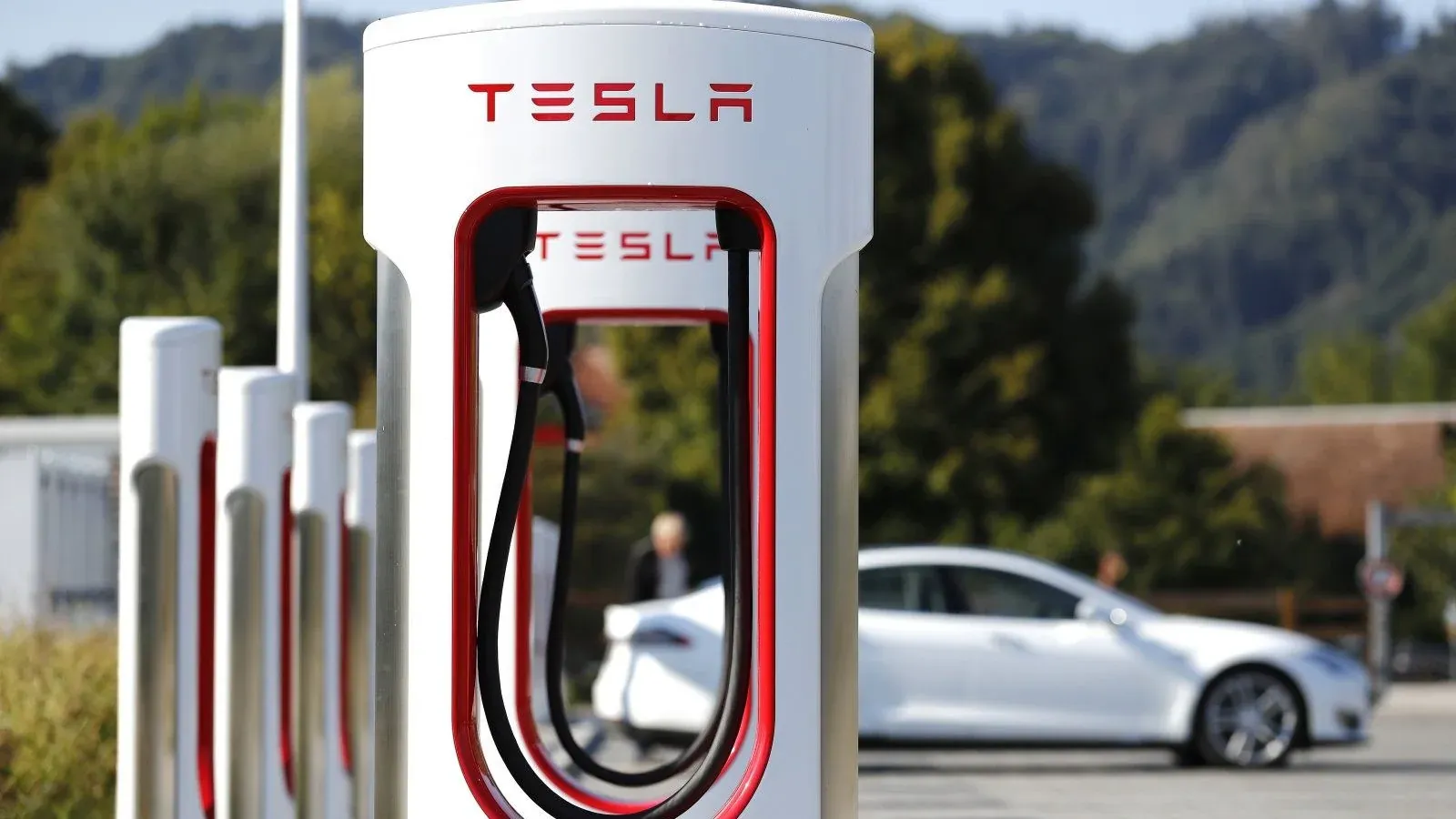Tesla continues to push the boundaries of electric vehicle (EV) technology with its latest test of the Supercharger V3+ stations in California. This breakthrough trial has seen charging speeds exceed 320 kW, a significant milestone for Tesla’s fast-charging infrastructure. This article delves into the details of the test, the technology behind it, and what it means for the future of EV charging.
 |
| Tesla Supercharger |
Tesla Supercharger V3+ Overview
Tesla’s Supercharger network has long been a crucial component of its EV ecosystem, providing rapid charging solutions to Tesla owners. The introduction of the Supercharger V3+ stations marks a new era in EV charging with enhanced capabilities. These stations feature the V3 cabinet and V4 charge post, designed to support higher charging speeds and improve overall efficiency.
The 320kW Charging Speed Test
Recent tests conducted on several Supercharger V3+ stations in California have yielded impressive results. Tesla enthusiasts and engineers reported charging speeds reaching up to 323 kW. This test is part of an ongoing evaluation to assess the performance of the new hardware and its impact on charging times for Tesla vehicles.
Key Findings:
- Charging Speeds: The test demonstrated that charging speeds at selected Supercharger V3+ stations could surpass the previously established threshold of 250 kW. The maximum recorded speed during the test was 323 kW.
- Test Conditions: The trial was conducted under controlled conditions with a V3 cabinet and V4 charge post setup, not yet rolled out to all hardware-capable stations.
- Public Information: Tesla has not publicly disclosed the exact locations of these high-speed Supercharger stations. This secrecy is likely due to the preliminary nature of the test and to prevent undue expectations before the technology is fully validated.
Impact on Tesla Vehicles
The advancement to 320kW charging speeds has significant implications for Tesla owners and the broader EV market:
- Reduced Charging Times: Faster charging speeds directly translate to shorter charging durations, making long-distance travel more convenient and less time-consuming.
- Enhanced User Experience: Tesla Cybertruck and other models that will eventually benefit from these higher speeds will see improved overall charging efficiency, aligning with Tesla’s commitment to enhancing user experience and vehicle performance.
Comparison with Existing Supercharger Technology
Tesla's current Supercharger network operates with varying levels of charging speed depending on the hardware and station setup. The standard Supercharger V2 stations offer speeds up to 150 kW, while the V3 stations support up to 250 kW. The introduction of the V3+ stations with the capability to exceed 320 kW represents a significant leap forward:
- Supercharger V2 vs. V3: The V3 stations provide faster charging compared to the V2 stations, reducing the charging time by approximately 50%.
- Supercharger V3+: With the V3+ stations, Tesla aims to further decrease charging times, which is crucial for high-demand models and for maintaining efficiency in high-traffic charging locations.
Future Prospects and Developments
Tesla’s ongoing testing and development of the Supercharger V3+ stations highlight the company’s dedication to advancing EV technology. The successful implementation of 320kW charging speeds could pave the way for future innovations in the EV charging infrastructure. Potential future developments include:
- Expansion of V3+ Stations: If the tests prove successful, Tesla may accelerate the rollout of V3+ stations across more locations, providing widespread access to faster charging.
- Integration with New Models: Upcoming Tesla models and future releases are expected to take full advantage of these enhanced charging capabilities, offering improved performance and efficiency.
Tesla’s Supercharger V3+ test in California has set a new benchmark in EV charging technology with speeds reaching over 320 kW. This advancement underscores Tesla’s commitment to enhancing the EV ownership experience and improving the overall efficiency of electric vehicle infrastructure. As Tesla continues to innovate, the benefits of these advancements will become increasingly apparent, making electric vehicle ownership more convenient and practical than ever before.
